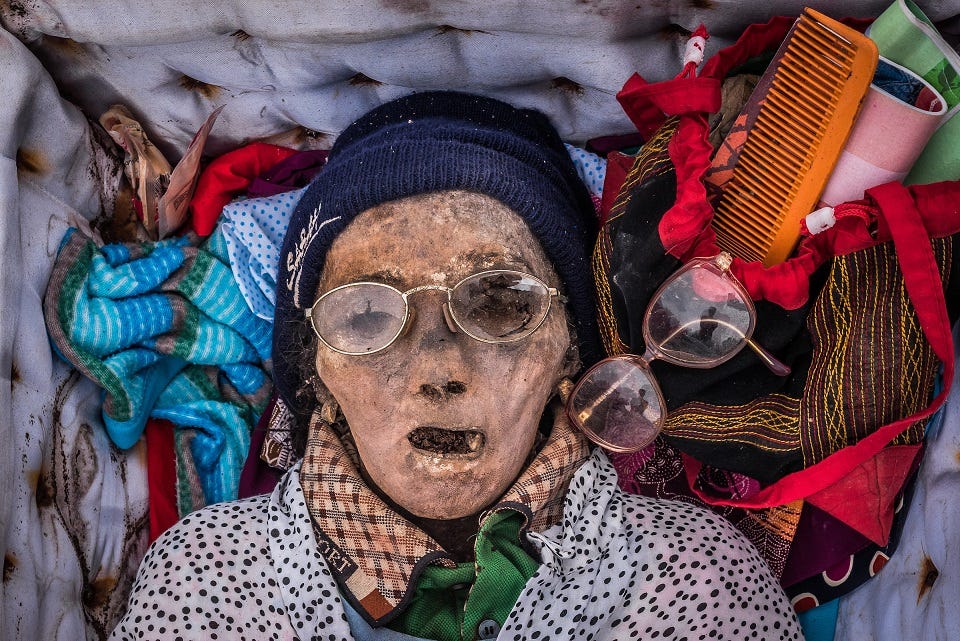
…as always, I thank the ancestors, those who have gone on and those who are always arriving.
— ALICE WALKER, American novelist & social activist
***
Healing comes when the individual remembers his or her identity - the purpose chosen in the world of ancestral wisdom - and reconnects with that world of Spirit.
— MALIDOMA SOME traditional healer from the Bakara tribe of Burkina Faso, West Africa
***
Every man is a quotation from all his ancestors.
— RALPH WALDO EMERSON, essayist & poet
***
We are a continuum.
PAUL TSONGAS, American senator
Hello, it’s me again!
Ancestor worship was an intricate part of ancient religion. In cultures throughout the world, there were designated times of year when rituals were enacted to acknowledge, petition and thank the ancestors.
This religious custom can be traced all the way back to the elaborate burials of elders and shamans in burial mounds, megalithic tombs and the caves of prehistory. I suspect it is one of the oldest continuously practiced rituals.
When I went to interview the chief of the Kajang tribe in South Sulawesi, they happened to be celebrating what they called their Thanksgiving. This was a two-day ceremony in which they conducted animal sacrifice, held procession, received blessings from the chief and dedicated two days of ritual for the ancestors. Sulawesi has an incredibly blurred boundary between the living and the dead. Up North, the Toraja people have some of the oldest and most elaborate death ceremonies still practiced to this day. The bodies of the dead are mummified and kept in the house for a few years before their eventual cremation. Ma’Nene is their yearly ritual in which the bodies of the ancestors are taken out and cleaned, dressed up, and quite literally, feasted with. Interestingly, like Samhain, this ritual takes place after the harvest season.
In Mexico and folkloric Spain, the Day of the Dead takes place on November 1st and 2nd and is seen as a liminal time that brings together the living and the dead. On the night of the 1st, there are processions to the graveyards of loved ones, where families bring the deceased their favourite foods, and the living and the dead feast over the ancestors’ graves.
In old Britain, the Otherworld was believed to become visible during this time. Samhain marked the New Year and the end of the harvest season. Deities and ancestors were petitioned for protection over the darker half of the year that was to come, and thanked for the yearly harvest with offerings, celebrations, and more feasting.
Here in Bali, the day of the Ancestors is known as Galungan. It is believed to be a time when the spirits of deceased loved ones come back to Earth to visit their families. And it is marked by a day of silence. Everything stops. Shops close, schools close, no work and no cars on the road… Even the airports shut down for the day. People stay home and keep their head down. The responsibility of the living is to be hospitable to the visiting ancestors by reciting prayers and giving them offerings.
Keep reading with a 7-day free trial
Subscribe to Under a Fig Tree to keep reading this post and get 7 days of free access to the full post archives.




